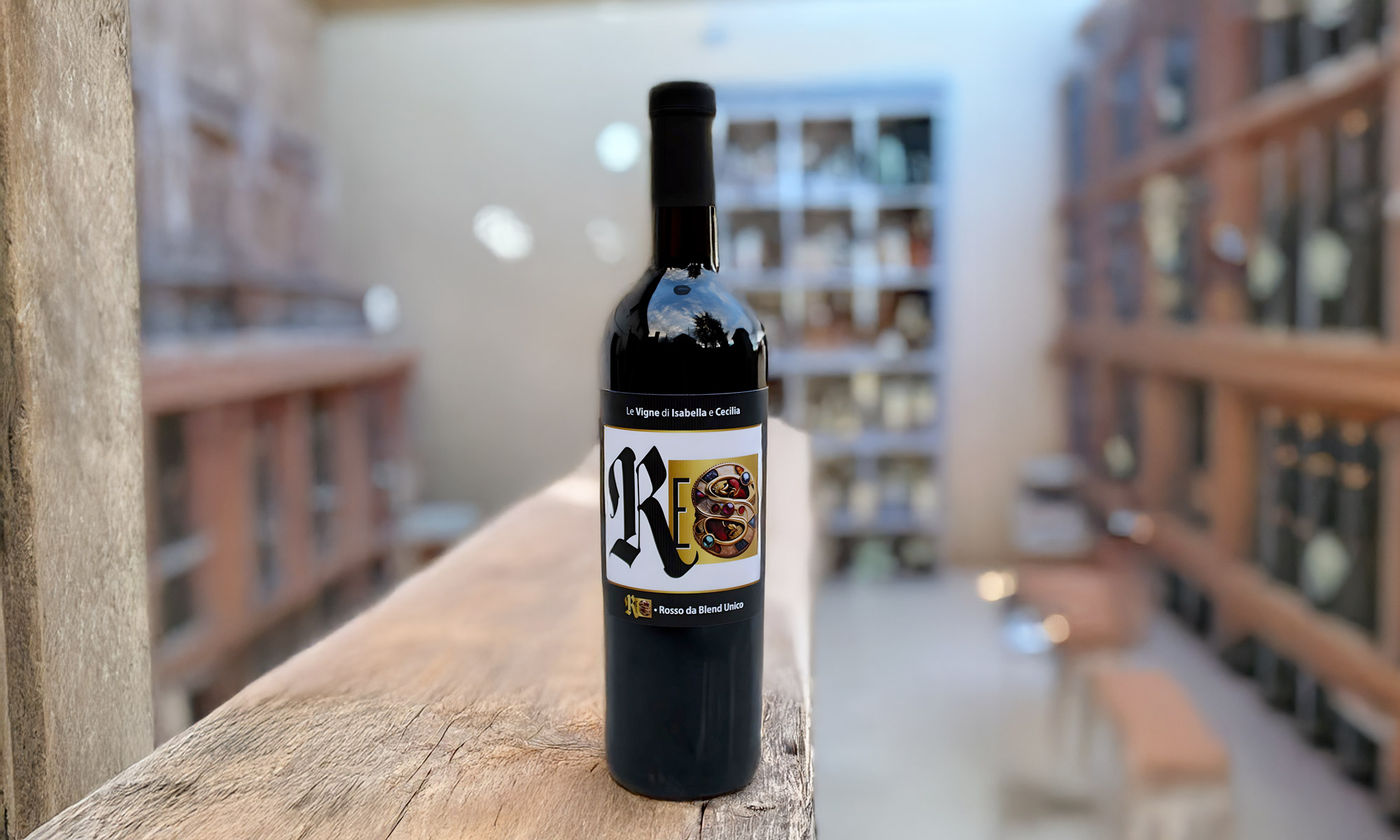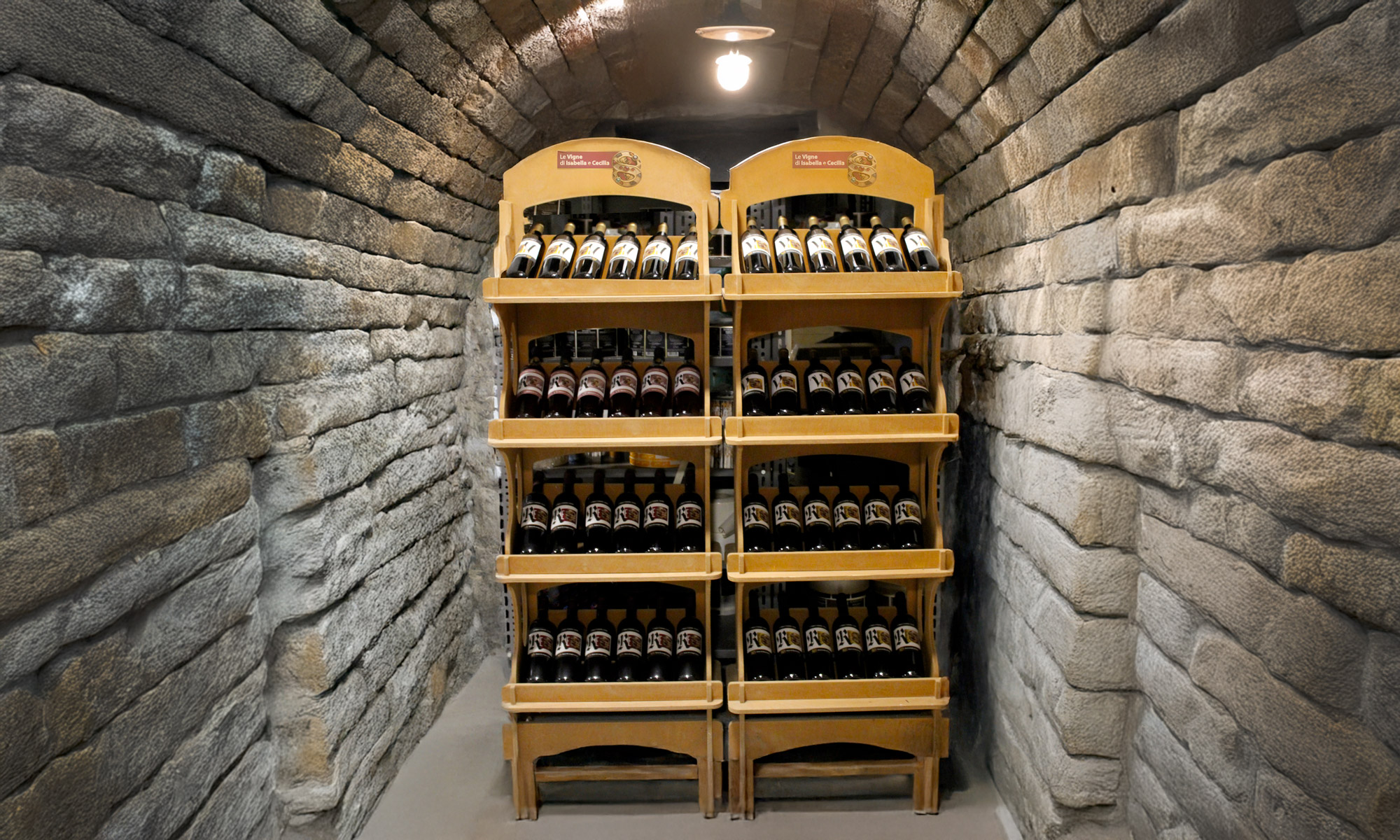“Let us return to the old, and it will be progress.”
Giuseppe Verdi
Our youngest vineyards are at least 50 years old and we’ve chosen to celebrate their age as a true strength.
Wines from old vines are known to be more complex, structured, and age-worthy. These older vines naturally produce lower yields, but with higher concentrations of aromatic compounds, polyphenols, and various trace elements. As a result, the tannins are riper and better integrated, the aromatic intensity is greater, and tertiary notes develop more easily during aging.
What’s more, old vines grow deeper roots, which make them more resilient to climate variation and drought, while contributing to the balance and harmony of the final wine.
In short, wines from old vines are better expressions of the terroir, as their roots dig deep into the soil and absorb a greater range of mineral nuances, resulting in wines with greater complexity, structure, and balance.
To all this, we add something special: our wines contain a particularly high concentration of resveratrol, and especially polydatin — thanks to the naturally rich polyphenol content of old vines, enhanced by our natural farming methods and precision winemaking.
Polydatin is a natural precursor of resveratrol, with higher chemical stability and better bioavailability — meaning it’s more easily absorbed by the human body and remains active for longer.
Higher levels of polydatin in wine translate into:
Greater antioxidant properties
Better resistance to oxidation, which contributes to the wine’s longevity
A more balanced phenolic profile, reducing the risk of early organoleptic decline
In conclusion, our old-vine wines rich in polydatin represent the perfect balance of tradition, terroir, and innovation. Beyond their winemaking excellence, they offer a richer polyphenolic profile and a graceful capacity to evolve over time.




